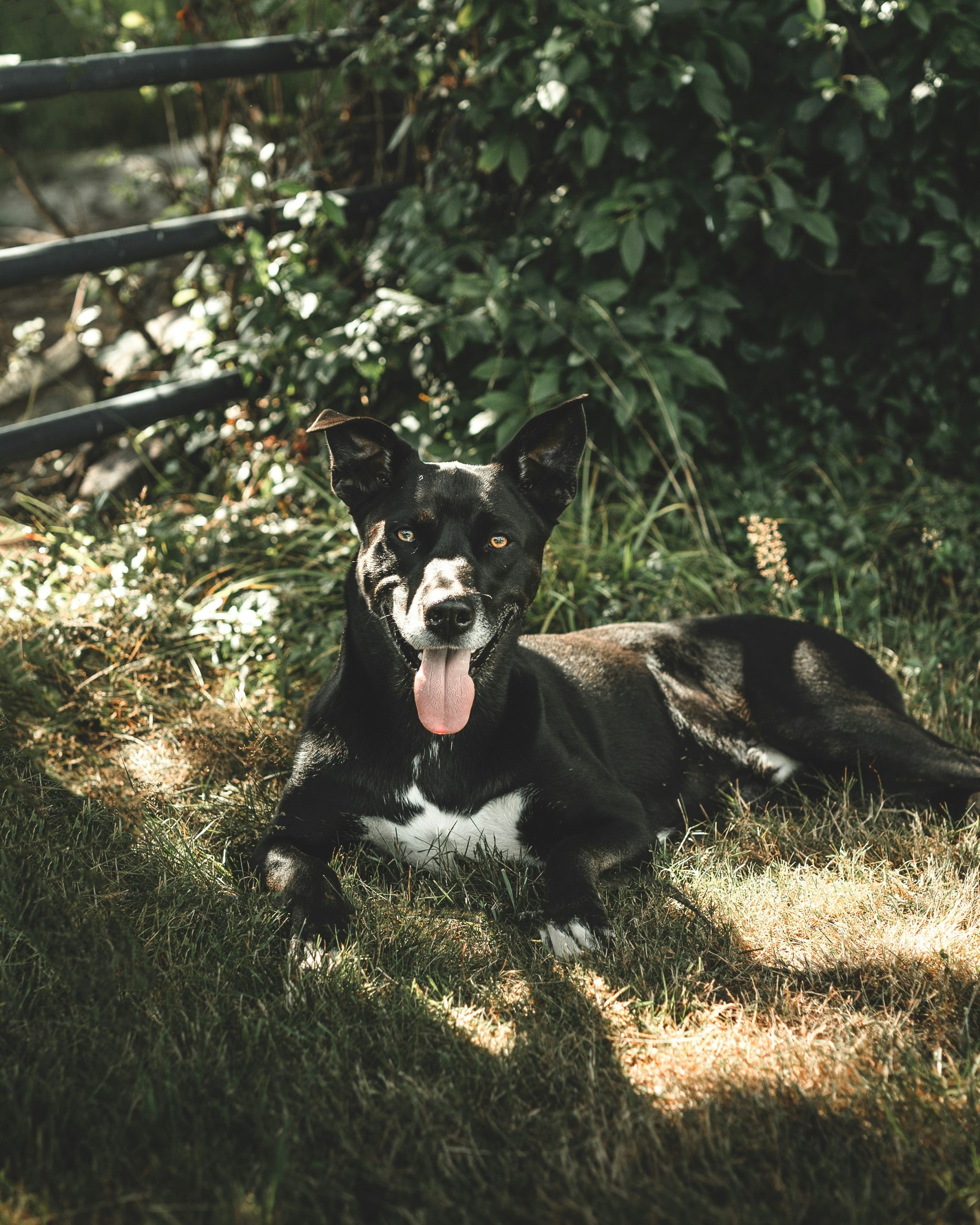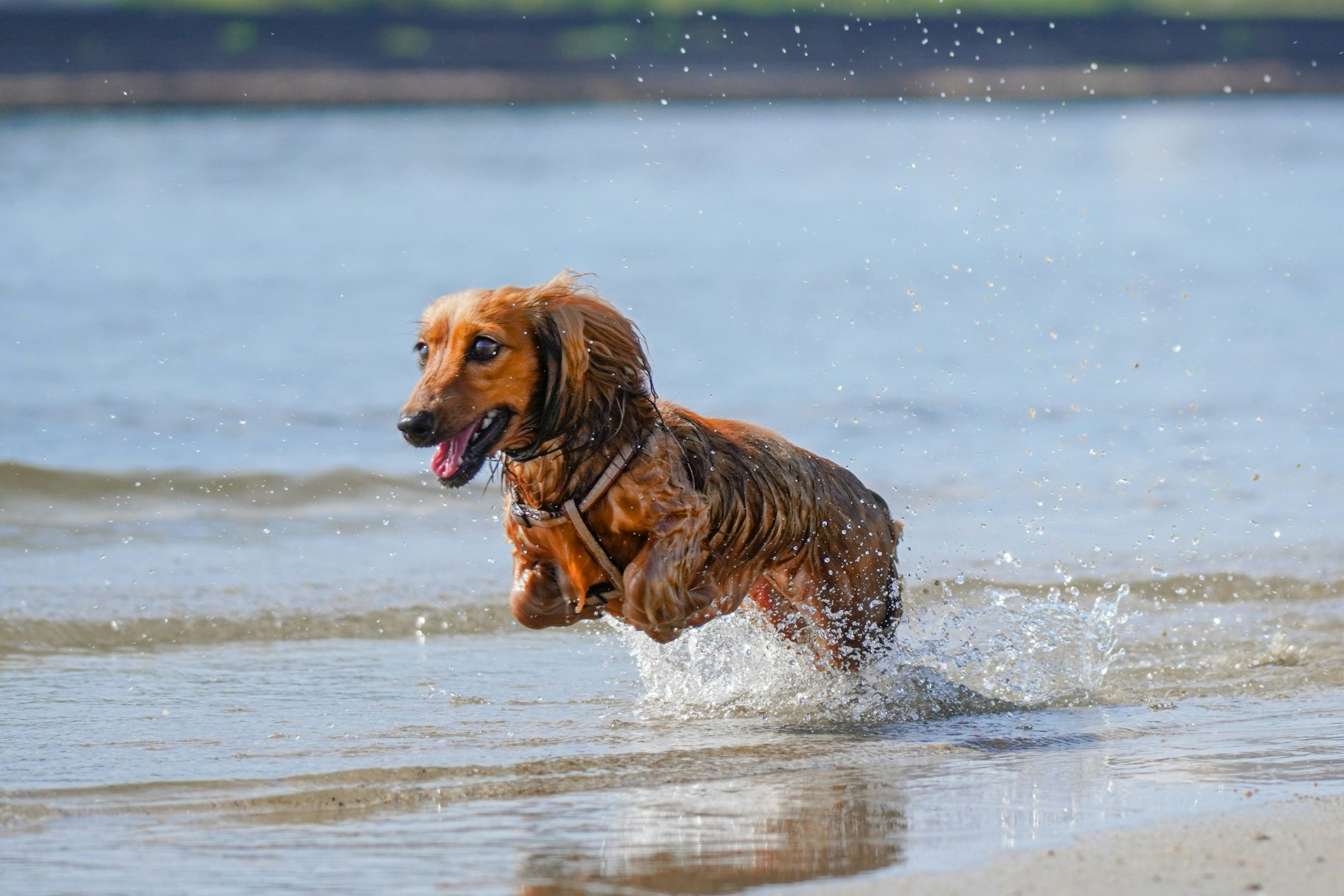Preventing Heat Stroke in Dogs: Recognizing Signs, Taking Action, and Saving Lives
An article discussing the causes, symptoms, treatment, and prevention of heat stroke in dogs.
Overview of Heat Stroke in Dogs
Heat stroke is a severe and potentially fatal condition that dogs can experience when their body temperature rises to dangerous levels, causing organ damage and even death. For instance, dogs with thick fur, such as Siberian Huskies or Malamutes, can struggle to dissipate heat efficiently, putting them at higher risk of heat stroke. Additionally, elderly dogs may have underlying health issues that impact their ability to regulate body temperature, making them more susceptible to heat-related illnesses.
In some cases, certain breeds are more prone to heat stroke due to their physical characteristics. For example, brachycephalic breeds like Bulldogs or Pugs, with their short noses and flat faces, have an increased risk of heat stroke because of their limited airways, which can hinder their ability to cool down effectively. It’s essential for dog owners to be aware of these breed-specific vulnerabilities to take necessary precautions and prevent heat-related emergencies.
Signs and Symptoms of Heat Stroke in Dogs
Recognizing the signs and symptoms of heat stroke in dogs is crucial for their well-being. In addition to heavy panting and excessive drooling, other common indicators include weakness, collapse, and even seizures. For example, if you notice your dog excessively panting and drooling after a long walk on a hot day, it might be a sign of heat stroke. Understanding these signs of heatstroke can help you act promptly and seek the necessary help to prevent further complications.
Moreover, the severity of heatstroke symptoms can vary depending on various factors. For instance, a young, healthy dog might show initial signs of heatstroke differently than an older dog with underlying health conditions. This highlights the importance of being observant and proactive when it comes to your pet’s well-being, especially during hot weather or after vigorous physical activity. By being aware of these signs and the individuality of each dog’s response to heat, you can better protect your furry friend from the dangers of heat stroke.
Risk Factors and Vulnerable Breeds
Hyperthermia, which is the condition of having a body temperature that is significantly above normal, poses a serious threat to dogs and requires immediate attention to avoid severe consequences. When a dog experiences hyperthermia, the body’s internal systems can become overwhelmed, leading to potential organ damage and even death if not promptly addressed. For instance, a dog left in a hot car without proper ventilation can quickly succumb to heat stroke, illustrating the critical need for preventive measures and awareness of the risks associated with high temperatures.
Moreover, the prognosis for dogs suffering from heat stroke hinges on the speed and effectiveness of the treatment administered. If the hyperthermia is not promptly controlled and the dog does not receive adequate care, there is a risk of long-term complications, such as permanent damage to vital organs. Certain breeds, like brachycephalic breeds including Bulldogs and Pugs, are at a heightened risk of heat stroke due to their anatomical features, which constrain their ability to regulate body temperature efficiently. This vulnerability underscores the importance of breed-specific considerations when safeguarding dogs from heat-related illnesses.
Immediate Actions for Heat Stroke in Dogs
Recognizing the signs of heatstroke in dogs is vital for initiating immediate action. If you notice your dog excessively panting, drooling, and showing signs of weakness or collapse, it’s crucial to act swiftly. For example, if your dog has been left in a hot car or has been exercising vigorously in warm weather, these situations can quickly escalate to heatstroke, requiring prompt intervention.
When responding to a potential heatstroke emergency, ensure to cool your dog gradually by applying cool water to their body, especially the abdomen, armpits, and groin areas. This method helps in bringing down their body temperature effectively. Moreover, allowing the dog to drink small amounts of water can aid in rehydration, but it’s essential to avoid forcing them to drink excessively, as this can lead to other complications. Remember, every minute counts during a heatstroke episode, and seeking immediate veterinary care is crucial to provide the necessary intensive treatment for the best chance of recovery.
Treatment Options for Heat Stroke in Dogs
When it comes to treating heat stroke in dogs, immediate action is crucial to prevent further complications. Apart from using cool water and cool cloths to gradually lower the dog’s body temperature, seeking professional veterinary help is essential. For instance, if a dog is showing signs of heat stroke such as heavy panting, excessive drooling, and weakness, it’s vital to act promptly and start the cooling process while on the way to the vet.
In severe cases of heatstroke, dogs may need intensive care at a veterinary hospital to address potential organ damage and stabilize their condition. This level of care is crucial to ensure the best possible outcome for the affected dog. The treatment administered during the critical hours following the onset of heat stroke can significantly impact the long-term health of the animal. Therefore, it is imperative for pet owners to be aware of the nearest emergency veterinary services and have a plan of action in case of such emergencies. The collaboration between pet owners and veterinarians is key in managing and treating heat stroke in dogs effectively, increasing the chances of a positive prognosis.
Prevention Tips for Heat Stroke in Dogs
Preventing heat stroke in dogs is crucial for their well-being. In addition to avoiding leaving dogs in cars or exposing them to excessive heat, it’s important to understand the specific needs of certain breeds to prevent heatstroke. For example, brachycephalic breeds like Bulldogs and Pugs are more susceptible to heat stroke due to their unique anatomy, particularly their restricted airways. These breeds may struggle more to cool themselves effectively, making them more vulnerable to heat-related illnesses.
Providing adequate shade, ensuring access to fresh water at all times, and allowing dogs to rest in cool areas during hot weather are simple yet effective ways to prevent heatstroke. For instance, during summer months, it’s beneficial to create shaded areas in your yard where your dog can relax comfortably without being exposed to direct sunlight for extended periods. This simple measure can significantly reduce the risk of heatstroke and help your furry companion stay safe and healthy.
Moreover, being mindful of the individual needs of dogs, such as very young or senior dogs, and those with thick fur coats, is essential in preventing heatstroke. These dogs may have a harder time regulating their body temperature, requiring extra attention and care during hot weather to prevent overheating. By understanding the specific vulnerabilities of different breeds and age groups, pet owners can take proactive steps to keep their beloved companions safe from the dangers of heat stroke.


